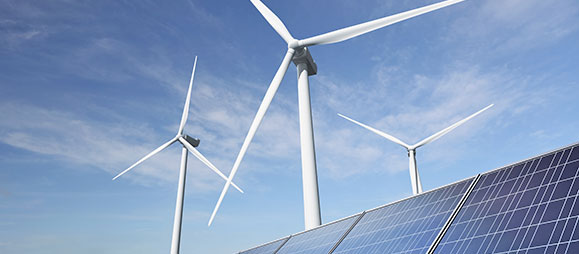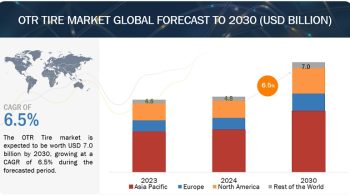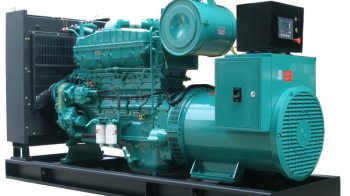
The global Blue Ammonia Market is expected to grow from an estimated USD 78 million in 2023 to USD 7,664 million by 2030, at a CAGR of 62.3% according to a new report by MarketsandMarkets™. Blue ammonia is a type of ammonia that is produced using natural gas as a feed stock, but with the carbon dioxide emissions from the production process captured and stored. This makes blue ammonia a lower-carbon alternative to traditional ammonia production, which releases large amounts of greenhouse gases into the atmosphere. Growing focus on reducing greenhouse gas emissions and increasing efforts toward empowering hydrogen economy will drive the demand for blue ammonia market.
Download PDF Brochure: https://www.marketsandmarkets.com/pdfdownloadNew.asp?id=5374417
The industrial feedstock segment is expected to have the largest segment in the blue ammonia market
The blue ammonia market has been segmented based on end-use into transportation, power generation, and industrial feedstock. The industrial feedstock segment is expected to hold the largest share during the forecast period, in the industrial feedstock segment the fertilizer industry is expected to remain the largest consumer of blue ammonia. Ammonia is used to produce fertilizers, which are essential for crop production. As the global population grows and the demand for food increases, the demand for blue ammonia is also expected to grow. Blue ammonia can help to reduce the environmental impact of the fertilizer industry. The carbon dioxide emissions from the production of blue ammonia are captured and stored, which helps to mitigate climate change.
The mobility segment is expected to be the fastest growing segment in the blue ammonia market
The blue ammonia market segments based on application into three segments: energy, mobility, and chemical & refinery. The mobility segment is expected to be the fastest growing during the forecast period. Owing to the rising adaption of the fuel cell electric vehicles and hydrogen fueling station. Due to the hydrogen fuel cell’s electrochemical reaction only producing water vapor as a byproduct, FCEVs have zero emissions. Due to this feature, FCEVs are a desirable alternative for both consumers and governments aiming to reduce air pollution and battle climate change.
Request Sample Pages: https://www.marketsandmarkets.com/requestsampleNew.asp?id=5374417
North America is expected to be the largest region in the blue ammonia market
North America is expected to be the largest blue ammonia market during the forecast period. The North America region, comprising of US, Canada, and Mexico. Governments are dedicated to combating climate change and lowering greenhouse gas emissions. North America is committed to reducing its greenhouse gas emissions, and blue ammonia is a lower-carbon alternative to traditional ammonia production. The fertilizer industry is the largest consumer of ammonia, and the demand for fertilizer is expected to grow in North America as the population grows and the demand for food increases.
Key Market Players:
Some of the major players in the Blue Ammonia Market are Yara International ASA (Norway), Saudi Arabian Oil Company Saudi Aramco (Saudi Arabia), MA’ADEN Ma’aden (Saudi Arabia), CF Industries Holdings, Inc. CF Industries (US), Qatar Fertiliser Company (QAFCO) Qatar Fertiliser Company (Qatar), Shell plc (United Kingdom), Air Products and Chemicals, Inc. Air Products and Chemicals (US), and OCI (Netherlands). The major strategies these players adopt include mergers & acquisitions, contracts, agreements, partnerships, and investments & expansions.


